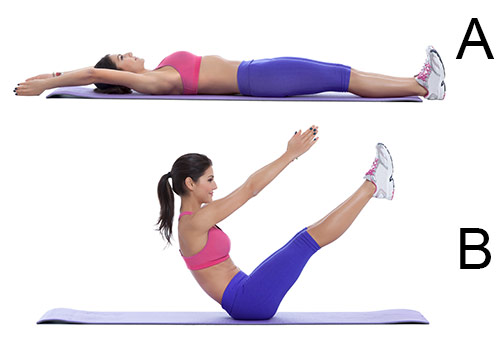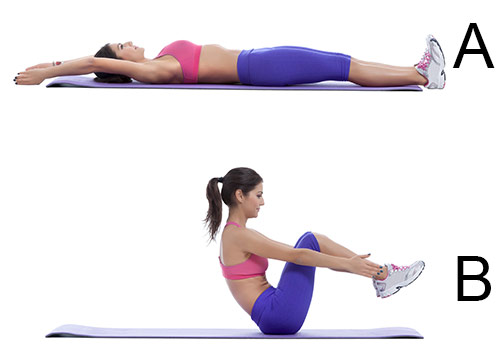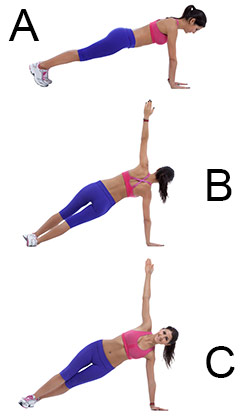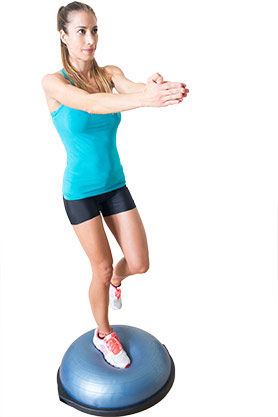5 Injury Prevention Movements to Do Before You Hit the Slopes
It’s never too early, or too late, to get your body ready for the slopes.
Skiing and snowboarding is taxing on your body, and even though you are fit and workout regularly, you still need to prepare your body for mountain-like movements to avoid soreness or injury.
There are five essential body-type movements that prepare the body for the unstable surface and quick reactions when needed on the slopes. A strong and sturdy core is the base to provide strength and power when skiing and snowboarding. To ensure you can move, twist and turn quickly, you need to focus on flexion, extension, rotation, balance and stability.
These five essential movements will strengthen the core and prepare you for unexpected bumps, turns and jumps when you hit the mountain.
Complete each exercise one after another for the recommended reps or time and then repeat for 3-5 rounds every other day to prepare your body and core for the snow season. Always speak with a professional before beginning a new program.
Flexion
Bending of a joint between two bones that decreases the angle between two bones. In other words, if the movement decreases the angle between the two body parts, that's flexion.

Example: V-Ups (15 Reps)
V-Ups strengthen the core while working on your torso flexion.
Begin lying on the ground, arms extended overhead. Tuck your chin and begin to lift your spine up off the ground. As you do this, lift your legs up. Meet in the middle and pause, then curl back down and repeat.

V-Up Modification:
For a modified version, instead of keeping your legs straight as you lift your spine and legs off the floor, bring your knees in. Meet in the middle and pause, then curl back down and repeat.

Extension
Extension is opposite of flexion. It’s a movement of increasing the angle between two bones, straightening the muscle that was previously bent.
Example: Back Extension on a Stability Ball (15 Reps)
Begin face down on the stability ball. Your torso should be centered, arms extended overhead and legs straight. Your body is in an upside down “V” position. Engage your core and lift your back up maintaining a flat spine.

Rotation
This is a movement when your body twists, or rotates.
Example: Plank Rotation (10 Reps Per Side)
Begin in a high plank. Lift your right arm up and rotate your body to the right side. Return your palm to the ground and rotate to the left. Continue to alternate.

Balance
This is when you’re able to maintain a stable position during movement.
Example: Single-Leg BOSU Ball Balance Jumps (10 Reps)
On the stability ball side of the BOSU, continue to jump on and off the BOSU with one leg and the other knee bent. Keep your arms extended forward for an additional challenge. Then repeat on the other side. This will help you strengthen your balance needed for when you have to shift weight skiing or snowboarding.

Stabilization
This is when one has the ability to hold a static position.
Example: Forearm Plank (45 seconds)
Begin in a push-up position and lower down to your forearms. Engage your core, maintaining spine alignment, and hold for 30 to 60 seconds.





